
 |
|||
A FOUNDER WITH A VISION In 1913, aged just 36 Rev George A Chambers, a former school teacher, theological college Deputy Principal, and then Rector of Holy Trinity Anglican Church, Dulwich Hill, together with the men and women of the parish established Trinity Grammar School – a Day and Boarding School for boys. His ideal was for a school in which the making of character and the training of leadership…[was] coordinated with the highest standard of intellectual attainment. It was officially opened on 1 February in a rented house called Hazeldene, in The Boulevard, Dulwich Hill. Within a year, the School had outgrown Hazeldene, and moved along the street to a larger house known as The Towers. STAFF The foundation staff comprised: the Head Master – Mr Kenneth T Henderson (aged just 21), the two curates of the parish - Rev William G Hilliard and Rev Montague G Hinsby - along with two others – Mr Sydney L Dolph and Rev George O C Bartlett (ranging in age from 19 to 30). The School was registered by the NSW Department of Public Instruction, under the School Bursary Act (1912). Our greatest triumph in those days was the achievement of registration within the first few months… We stretched ourselves to the utmost to cover all the ground required, and for three days a deadly silent inspector – a man from Cambridge – watched our stratagems. But we got registration. Letter from former Head Master Henderson to the School, 1938. PUPILS The first boys enrolled at Trinity were aged from seven to seventeen years. Day boys came from both the local parish and other Sydney suburbs, while boarders from Dorrigo, Katoomba, Bringelly and Cessnock also joined Trinity that first year. SUPPORTERS Financial resources came initially from parishioners of Dulwich Hill. Parishioners were joint trustees for the property, and a Committee of the Parish together with the Founder ran the School. The main source of income was School fees. It was not until 1928 that the School was constituted under the Sydney Diocese, and the first School Council in the format we know today was elected. The League of Friends (now known as the Parents’ and Friends’ Association) was also formally constituted in 1928. A HOME In 1913 Hazeldene served as school, boarding house and rectory and was supplemented by the Parish Hall as pupil numbers expanded. Later that same year, the School moved into its first purchased property - The Towers. Pupil numbers outgrew existing classrooms by 1917 and an extension was added to the house. From 1923-1924 classes occupied the Holy Trinity Parish Hall once again, after The Towers site was sold, and prior to the availability of the Summer Hill site. During this time, the Boarders lived at Holwood - a large house on Victoria Street, Ashfield (site of the present Holwood Avenue). In 1926 Strathfield Grammar School was purchased – this school occupied Llandilo, on The Boulevard, Strathfield. In 1932, Strathfield Grammar was amalgamated into Trinity, and all lessons moved from Summer Hill to Strathfield. Boarding and sport remained at Summer Hill. FACILITIES The Rev Chambers and Rev Hinsby purchased furniture and equipment for the School in January 1913 At Dulwich Hill, Trinity had no space for an oval. Marrickville Oval was rented for cricket, and local courts in Dulwich Hill for tennis. When Trinity moved to Summer Hill – playing fields still had to be formed out of agricultural land. The School used ovals in Petersham, Marrickville or Ashfield until No 1 Oval at Summer Hill was opened on 27 September 1930. At Summer Hill the original classrooms were old and dilapidated. The first new School building at Summer Hill was the Founder’s Building, so named because the Founder played a crucial role in raising the funds for its construction. 1913
1915
1916
1917
1918
1920s
1921
1926
1929
1938
THE FIRST 25 YEARS
On a rainy 9 April 1938, the School celebrated its Twenty-fifth Anniversary. A plaque was unveiled commemorating the gifts which made possible the Founder’s Building and new Chapel furnishings were dedicated by the Archbishop. Stirring messages from the original staff and the Founder were read. The guest speaker, Mr Justice Owen Dixon of the High Court of Australia, then addressed the gathering. The Head Master thanked the speakers, along with the Ladies’ Committee of the Parents’ and Friends’ Association, the Matron and her staff, and boys for their contribution to the afternoon, and then concluded. We should not be complacent, we should ever strive to develop the School and make it a place worthy of the ideals of the Founder. Click here to view an aerial photo of the School Source: The School Archives |
|||
 |
 |
 |
 |
 |
 |
 |
 |
 |
 |
 |
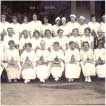 |
 |
 |
 |
 |
 |
 |
 |
 |
 |
 |
 |
 |
 |
 |
 |
 |
 |
 |
 |
 |
 |
 |
 |
 |
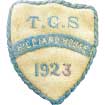 |
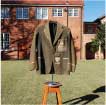 |
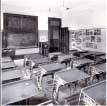 |
 |
 |
 |
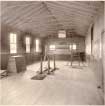 |
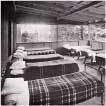 |
 |
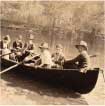 |
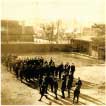 |
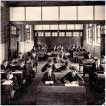 |
 |
 |